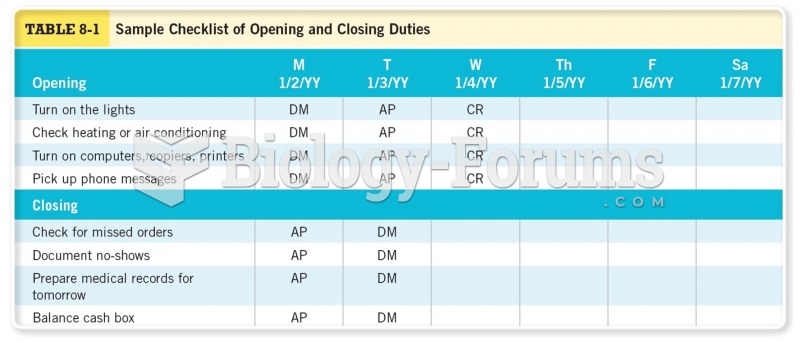|
|
|
Did you know?
There are more bacteria in your mouth than there are people in the world.
Did you know?
Approximately 15–25% of recognized pregnancies end in miscarriage. However, many miscarriages often occur before a woman even knows she is pregnant.
Did you know?
The Romans did not use numerals to indicate fractions but instead used words to indicate parts of a whole.
Did you know?
There are more nerve cells in one human brain than there are stars in the Milky Way.
Did you know?
People with high total cholesterol have about two times the risk for heart disease as people with ideal levels.







